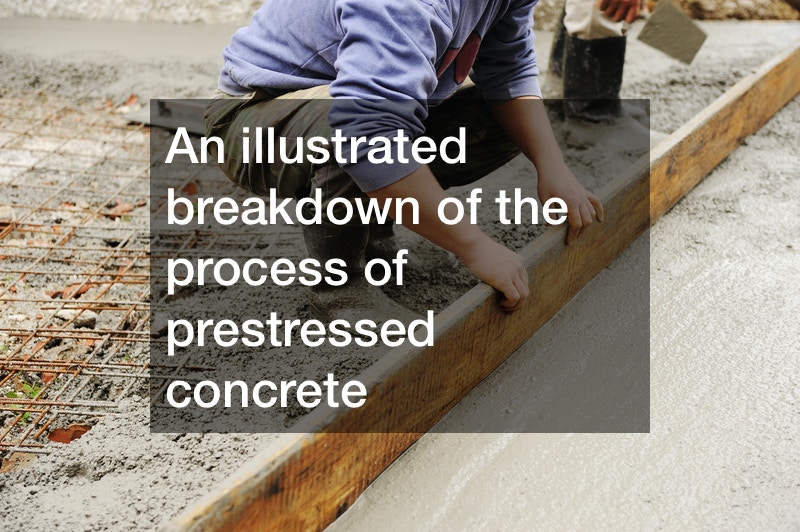
In this video, you’ll learn the particulars of prestressed concrete, the kind that does not crack when exposed to maximum load. Cracks in the concrete are a sign of a failing structure, which can collapse at any time. Prestressing is recommended to avoid these cracks, increase the strength of the beams and minimize deflection.
Prestressed concrete contains steel bars installed on the bottom part which enables it to resist tension. Such concrete will not crack even under heavy loads. Prestressing eliminates design limitations experienced with normal concrete and can be used in constructions with lengthy unsupported spans such as roofs, floors, walls, and even bridges. Prestressed concrete is mostly used in commercial buildings such as shopping malls, parking garages, cafeterias, and school auditoriums.
Prestressed concrete can be formed in 2 ways. The first one is pre-tensioning, where the steel is stretched first then the concrete is placed. This process takes place in a factory, then the ready concrete is transported on trucks to the construction site. The second method is post-tensioning, where the concrete is allowed to harden before the steel is stretched. This can be done on the project site and the concrete used right away. This type of concrete can be used in a vast range of construction projects which can bear intense loads without fear of damage.
.


